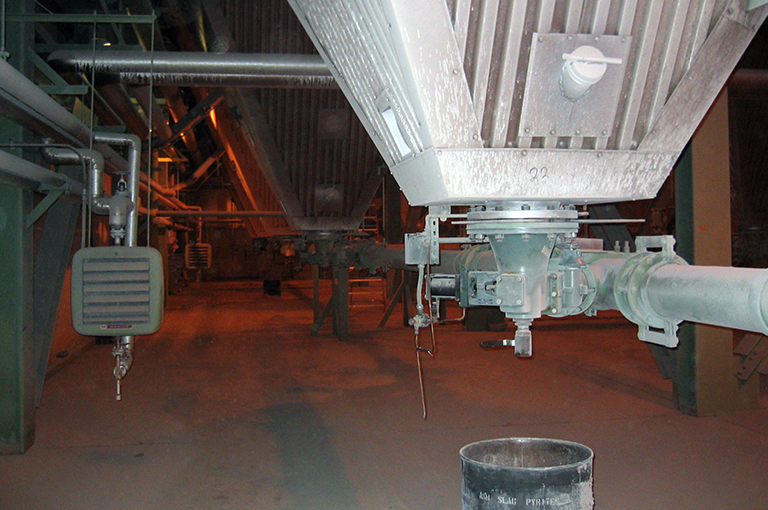Use Sonic Horns to Enhance R/A & Shaker Cleaning
During the past 25 years, sonic horns–also known as acoustic horns–have been used successfully for supplemental cleaning energy in reverse air and shaker baghouses. The keyword here is “supplemental;” these horns are high-intensity, low-frequency generators that act on dust particles to break their adhesion/bond. Without added energy from other cleaning sources (reverse air, shaking), horns alone cannot effectively clean a baghouse over the long term.
That being said, supplemental acoustic energy can have a significantly positive effect on R/A baghouse and/or shaker cleaning. It’s not uncommon to see over three inches of differential pressure improvement just by adding horns.
Not all acoustic horns are the same, and some work better in certain settings than others. The two most important factors to look for when choosing and installing horns: concentrated, low fundamental output frequency, and engineered placement within the collector so that the low tones are not canceled out.
If your baghouse already has horns installed but they don’t seem to be having much of an effect, you’ll want to make sure they are functioning properly. If the horns have been in place for many years, consider an upgrade. Newer models have a much more focused, low fundamental frequency (around 60 Hz compared with 125 Hz for older models). The supplemental energy from one newer horn is equivalent to about two older ones.
Acoustic horns can also be installed in pulse jet baghouse hoppers to help prevent ash buildup. If wet ash is a common problem, or hoppers aren’t deep/steep enough to handle typical ash load without plugging, adding acoustic horns is often a smart move. For this application, the horns are placed into a cylinder which is mounted on the hopper sidewalls. The head of the horn sticks out the side, and the bell protrudes inside.
Helpful Resources
KnowledgeBase: Misconceptions Overview
KnowledgeBase: Process Analysis & Optimization
Our Capabilities: Intelligent Baghouse Cleaning System
Our Capabilities: Predictive Modeling


